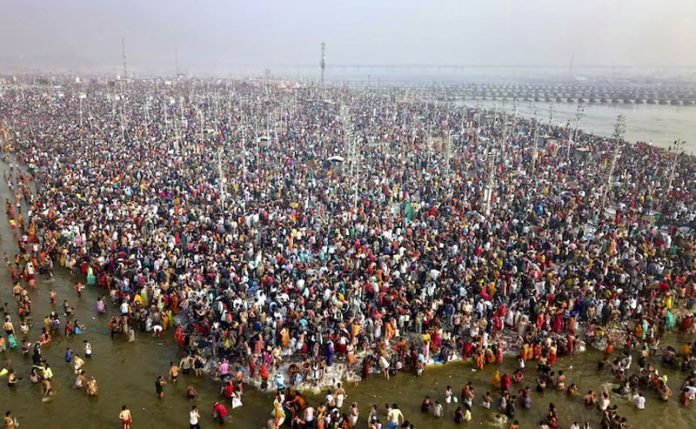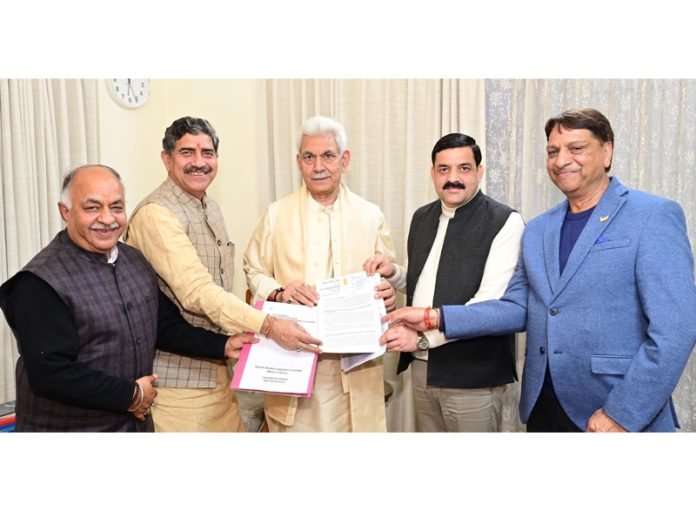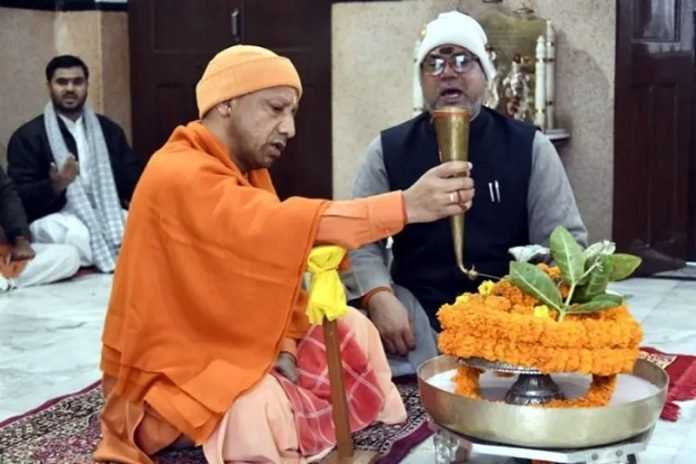The Maha Kumbh, billed as the world’s largest gathering, concluded on Wednesday after 45 days of spiritual fervor. Lakhs of devotees surged towards the sacred waters of Sangam—the confluence of Ganga, Yamuna, and the mythical Saraswati—for a holy dip on the auspicious occasion of Mahashivratri.
A Spectacle of Faith and Spirituality
The event saw an overwhelming turnout, with 1.44 crore devotees taking a dip by 6 PM on Wednesday. Since January 13, over 66.21 crore pilgrims visited Prayagraj, exceeding the populations of most countries worldwide. Notable personalities such as President Droupadi Murmu, Prime Minister Narendra Modi, ministers, and celebrities graced the gathering.
“This is unprecedented in world history and truly unforgettable,” said Uttar Pradesh Chief Minister Yogi Adityanath.
The Maha Kumbh was a unique fusion of tradition and modernity, where spirituality intertwined with technology, including AI-enabled cameras, anti-drone systems, and an advanced security network that transformed Prayagraj into Mahakumbh Nagar.
A Grand Logistical Feat
The makeshift city, spanning 40 hectares, remained abuzz 24×7 for six weeks. Pilgrims and tourists from across India and abroad took their final dips before departing, driven by the belief that bathing at Sangam during the planetary alignments leads to moksha (salvation).
Prominent spiritual leaders and akhara seers participated in three Amrit Snans, including Makar Sankranti (January 14), Mauni Amavasya (January 29), and Basant Panchami (February 3). The Mahashivratri dip, though not an Amrit Snan, was among the six major bathing occasions.
Stampede Tragedy and Political Repercussions
A tragic stampede on January 29 during the second Amrit Snan claimed 30 lives near Sangam, allegedly due to overcrowding. This incident triggered a political slugfest, with West Bengal Chief Minister Mamata Banerjee terming it “Mrityu Kumbh,” while opposition parties accused the government of downplaying the toll.
Despite controversies, faith remained unwavering, with pilgrims continuing their sacred baths. A Central Pollution Control Board report on Ganga’s water quality also sparked debates, but the state government refuted claims of contamination.
A Fitting Finale: Aerial Spectacle by Indian Air Force
As the Maha Kumbh drew to a close, the Indian Air Force saluted the devotees with a breathtaking aerial display. Sukhoi fighter jets, AN-32 transport aircraft, and Chetak helicopters performed thrilling maneuvers over the Sangam, leaving spectators in awe.
Unparalleled Security and Global Presence
Over 37,000 police personnel, 14,000 home guards, 2,750 AI-based CCTVs, and 60,000 security personnel ensured a secure and seamless event. Underwater drones, capable of diving 100 meters, provided 24×7 surveillance.
Among the eminent visitors were Bhutan King Jigme Khesar Namgyel Wangchuck, Mukesh Ambani, Gautam Adani, Laura Powell (widow of Apple founder Steve Jobs), and Coldplay’s Chris Martin.
Unforgettable Tales of the Kumbh
The Kumbh Mela also saw unique personalities gain the spotlight, including actor-turned-sadhvi Mamata Kulkarni, IIT Baba, and social media influencer-turned-ascetic Harsha Richhariya. The grand processions of Naga Sadhus and high-tech “modern babas” enthralled visitors.
Despite fire incidents and controversies, the Kumbh upheld its tagline—“Divya Kumbh, Bhavya Kumbh, Surakshit Kumbh”—showcasing India’s spiritual traditions while integrating cutting-edge technology for safety and convenience.
For millions, the Maha Kumbh was more than just an event; it was a spiritual milestone, where faith triumphed over all obstacles, leaving devotees with memories to cherish until the next great congregation.




